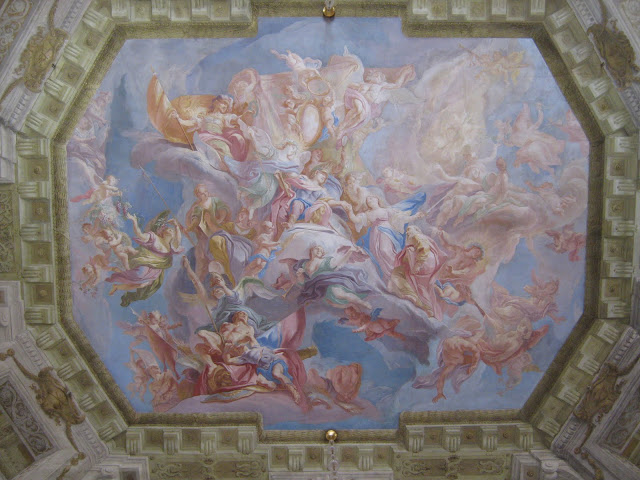While we were passing by a stream in the grounds around Terezin, we noticed an animal leaving the water, that was a lot bigger than the ducks. I think we spotted a Eurasian Beaver. It foraged about in the reeds for a while, then slipped back into the water and left. We left the Czech Republic and headed north-west towards Berlin.
As we neared the German border, Louise came back on line and guided us into the centre of the city, We were only 80 metres from our destination and sitting at a red light when AG and I both looked left and both gasped out loud. There it was as large as life, just metres from the car - the Berlin Wall - or what is left of it. This is the West side.
This remaining section of the wall is about 100 metres long and features memorial displays about the wall's history, including pictures and audio recordings. The wall went up at the end of 1961 and separated East and West Berlin until 1989, when the power of the people forced the end of the Communist regime in Eastern Europe.
Another hot tourist spot is the Brandenburg Gate.
Berlin's city buildings were severely damaged by bombing during the second World War and after the wall went up, the eastern side remained largely unrestored. With the reunification of Germany after the wall came down, there are new buildings everywhere, but they are not lifeless, ugly skyscrapers. The city is looking clean and smart and very 'livable.' There is a balance between the historic...
and the modern...
but wherever we went in Berlin, there were groups of people out and about, enjoying the summer weather and the many green, open spaces. There was a Police promotional display in the gardens while we were there. I have to admit to having a little run in with the law. What's a girl to do?






















































